Piercings For Migraines And Pain Relief: Do They Work?
Piercings have been used for centuries as a form of self-expression, but did you know they have also been suggested as a possible alternative for pain relief? In recent years, there has been an increasing interest in using piercings to alleviate chronic pain, particularly for migraines.
Exploring alternative pain relief options is important, as traditional medication can have negative side effects and can sometimes be ineffective. For this reason, many individuals who suffer from migraines or chronic pain are seeking alternative forms of relief, and piercings have become a popular option.
This article aims to examine the effectiveness of piercings for migraine and pain relief. It will explore the theory behind using piercings for pain relief, the different types of piercings that have been suggested for this purpose, the success rates and experiences of those who have tried it, and precautions and considerations before getting a piercing for pain relief.
Ultimately, while there are many anecdotal reports of success, it is important to note that piercing for pain relief is not a cure-all and may not work for everyone. It is important to seek advice from a medical professional before trying any alternative pain relief methods.
Understanding the Theory Behind the Practice
The use of piercings for pain relief dates back to ancient cultures, such as the Aztecs and Mayans, who used piercings as a way to ease the pain of headaches and other ailments. In more recent times, the practice has been compared to acupuncture, which has been used for centuries to relieve pain and promote healing.
Acupuncture theory is based on the belief that the body has specific points, known as meridians, which are connected to different organs and functions. By stimulating these points, the body's natural healing processes can be activated. Piercing theory operates similarly by targeting specific pressure points believed to alleviate pain.
Another theory behind the use of piercings for pain relief is the release of endorphins. Endorphins are natural chemicals produced by the body that can reduce pain and induce a feeling of euphoria. It is thought that the act of piercing triggers the release of endorphins, providing pain relief.
While anecdotal evidence suggests that piercings can be effective for pain relief, scientific research on the topic is limited. A study published in the American Journal of Chinese Medicine found that auricular acupuncture, which involves piercing the ear, was effective in reducing migraine frequency and intensity. However, more research is needed to determine the effectiveness of piercings for pain relief.
Overall, the theory behind using piercings for pain relief is based on the stimulation of pressure points and the release of endorphins. While there is limited scientific evidence to support the practice, many individuals have reported success in using piercings to manage their pain.
Piercings for Migraine Relief
- Daith piercing and its connection to migraine relief: The Daith piercing is a type of cartilage piercing that involves piercing the innermost fold of the ear. It has gained popularity in recent years as a potential solution for migraine relief. Proponents of this piercing believe that it can help alleviate the pain associated with migraines by targeting pressure points that are connected to the nervous system.
- Other types of piercings that have been suggested for migraine relief: While the Daith piercing is the most commonly suggested piercing for migraine relief, other types of piercings have also been suggested. These include the Tragus piercing, which is believed to help reduce stress and tension that can trigger migraines, and the Auricular piercing, which targets pressure points around the ear to help relieve headaches along with amethyst silver nose hoops etc.
- Success rates and experiences of those who have tried it: The effectiveness of piercings for migraine relief is largely anecdotal, and there is currently no scientific evidence to support the claim that piercings can effectively treat migraines. However, many people who have tried the Daith piercing for migraine relief report positive results. Some report a significant reduction in the frequency and intensity of their migraines, while others report no change in their symptoms.
- Precautions and considerations before getting a piercing for migraine relief: Before getting a piercing for migraine relief, it is important to consider the potential risks and complications. Like any other type of piercing, there is a risk of infection, scarring, and other complications. It is also important to note that piercings are not a substitute for medical treatment and should not be relied upon as the sole method of migraine management. People who are considering getting a piercing for migraine relief should consult with their doctor first to determine the best course of treatment for their individual needs.
Piercings for Other Types of Pain Relief
Piercings are not only suggested for migraine relief but have also been suggested for other types of pain relief. Here are some examples:
- Tragus Piercing: The tragus is a small piece of cartilage located just in front of the ear canal. It has been suggested that piercing this area can help reduce jaw and ear pain. The theory behind this is that the piercing stimulates a pressure point that is connected to the jaw and ear.
- Conch Piercing: The conch is the inner cartilage of the ear. It has been suggested that piercing this area can help reduce menstrual pain. The theory behind this is that the piercing stimulates a pressure point that is connected to the uterus.
- Other Types of Piercings: There are also other types of piercings that have been suggested for pain relief such as rook, snug, and helix piercings. These piercings are suggested for reducing pain associated with migraines, arthritis, and even fibromyalgia.
- Success Rates and Experiences: As with the daith piercing, there is limited scientific research on the effectiveness of these piercings for pain relief. However, many individuals have reported success with these piercings and have found them to be an effective alternative to traditional pain relief methods.
- Precautions and Considerations: As with any piercing, it is important to take precautions and consider the potential risks before getting a piercing for pain relief. It is also important to keep in mind that piercings should not be considered a substitute for medical treatment and should be used in conjunction with other pain relief methods.
Alternatives to Piercings for Pain Relief
While piercings have been suggested as an alternative method for pain relief, there are also other options available. Here are some examples:
- Traditional Medicine: Traditional medicine options such as medication, physical therapy, and chiropractic care can provide effective pain relief for many individuals.
- Non-Invasive Alternative Therapies: Non-invasive alternative therapies such as acupuncture, acupressure, and massage can also provide effective pain relief.
- Self-Care Methods: Self-care methods such as exercise, yoga, and meditation can also help reduce pain and promote overall well-being.
- Pros and Cons: Each pain relief option has its own set of pros and cons. It is important to weigh the benefits and risks of each option and consult with a healthcare provider before making a decision.
Conclusion
While there is some anecdotal evidence to suggest that certain piercings can provide relief for migraines and other types of pain, more research is needed to understand the effectiveness of piercings for pain relief. It is important to consider the potential risks and complications of piercings, and to discuss with a qualified professional before making a decision. Alternatives to piercings, such as traditional medicine, non-invasive alternative therapies, and self-care methods, should also be explored. Ultimately, the most effective pain relief option will depend on individual factors and preferences. By staying informed about the latest research and considering all available options, individuals can make informed decisions about their pain management strategies.
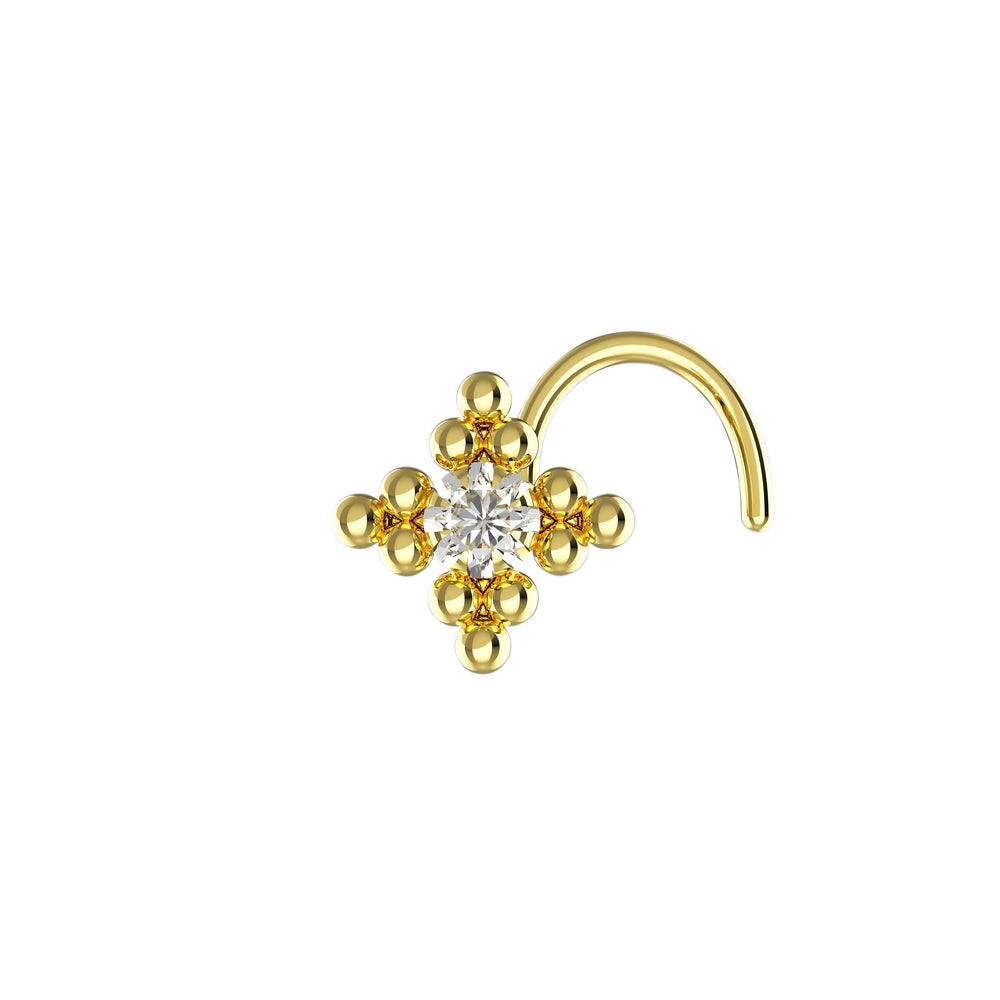
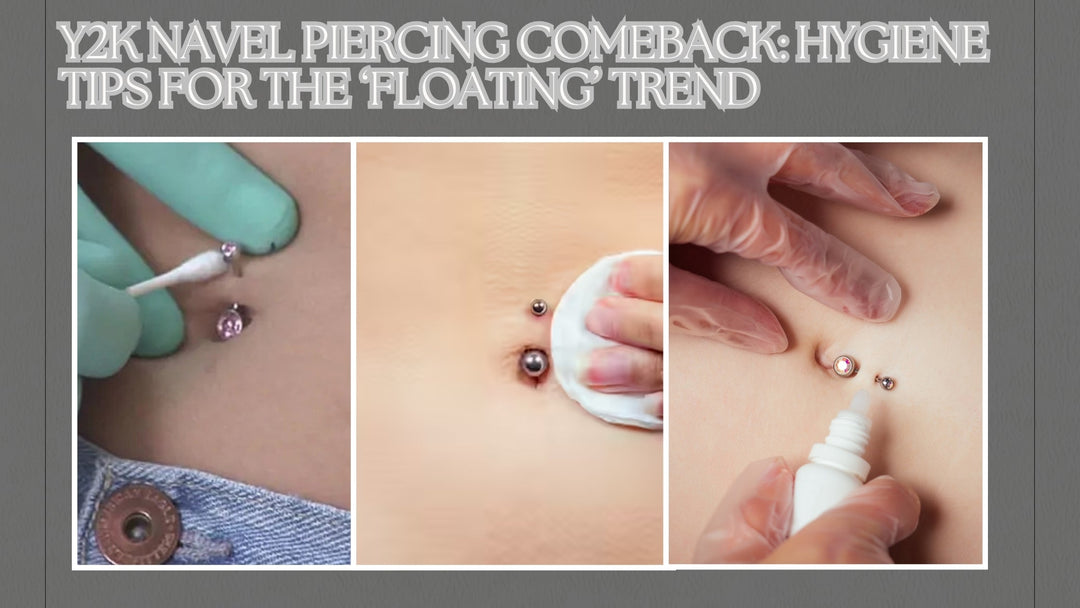


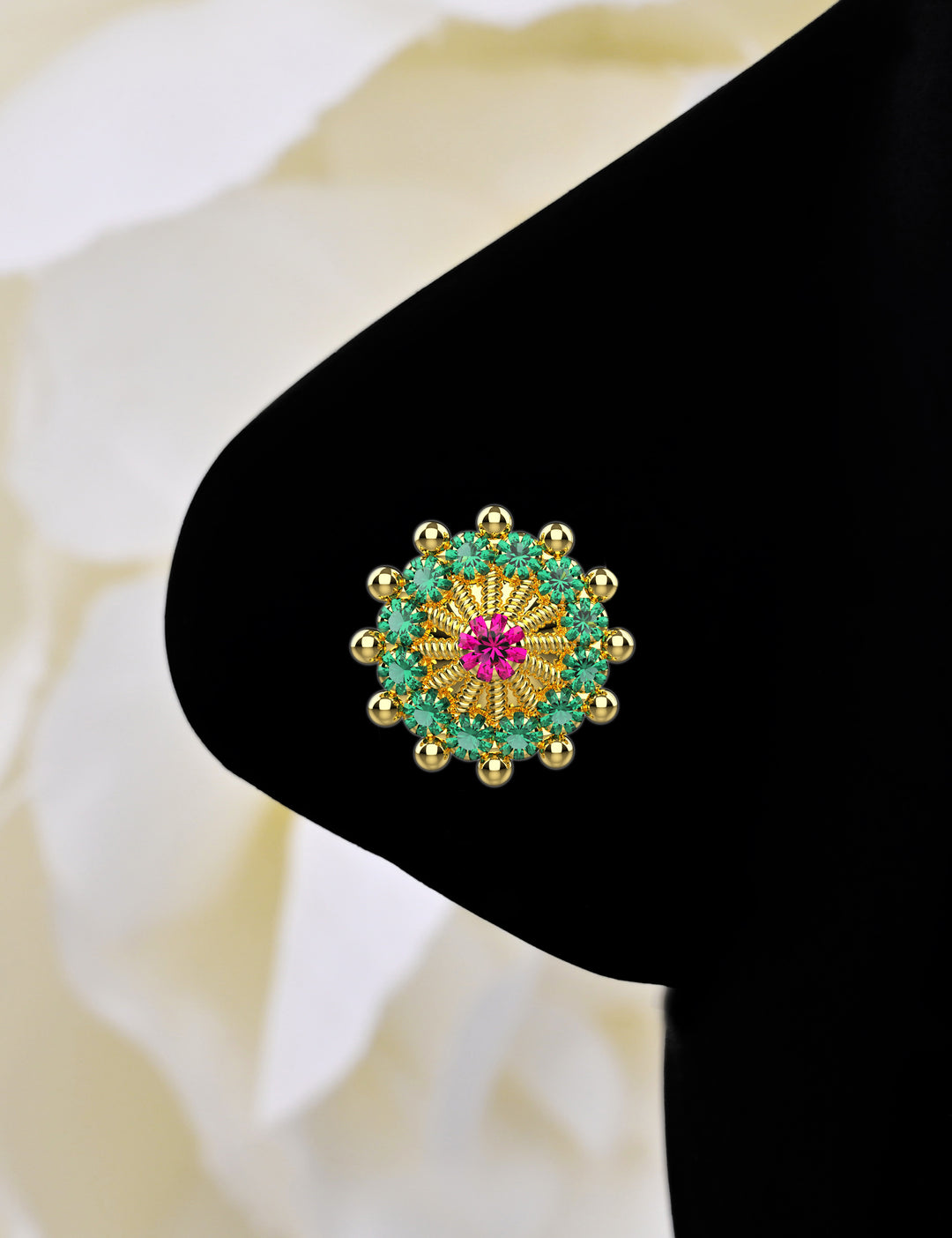
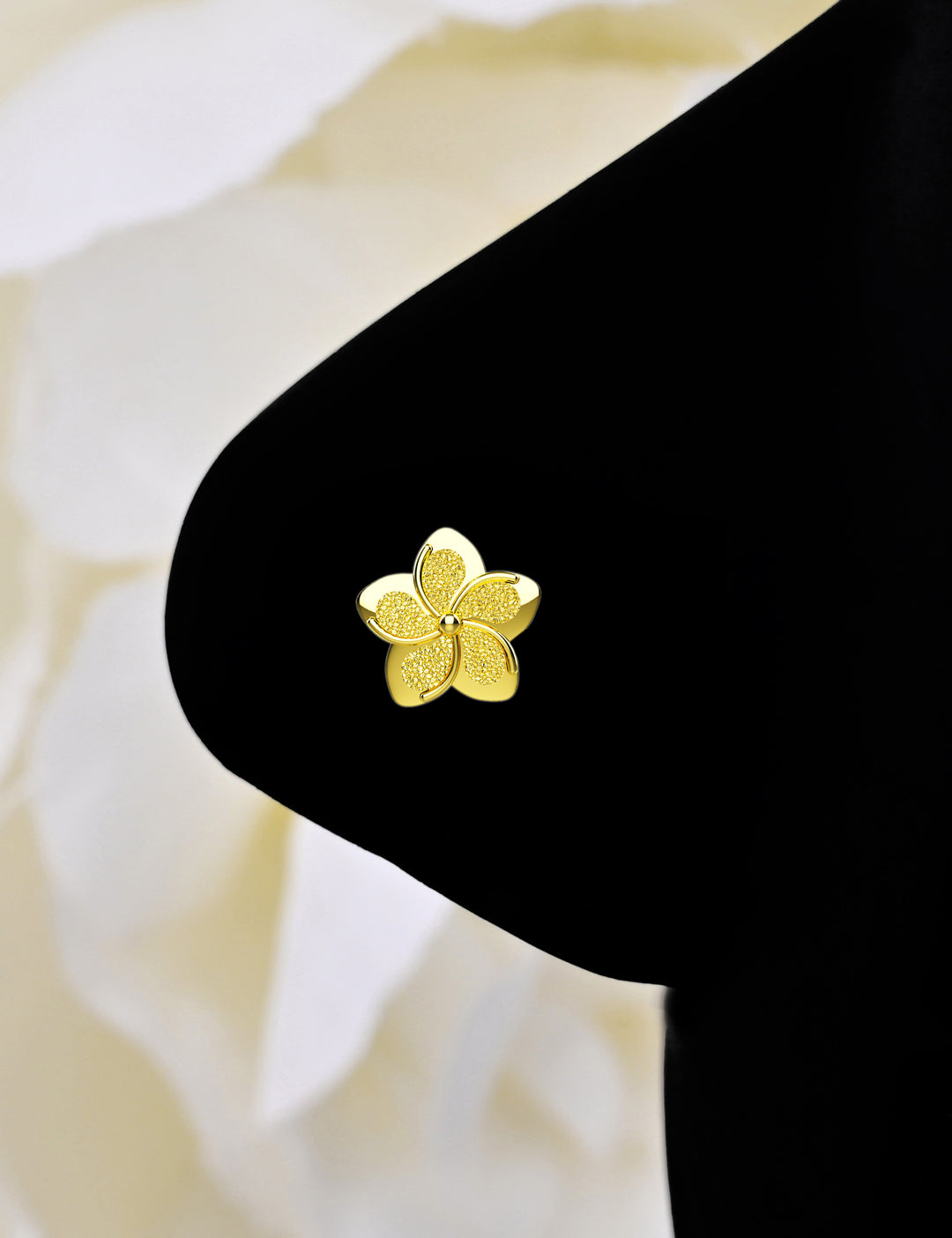
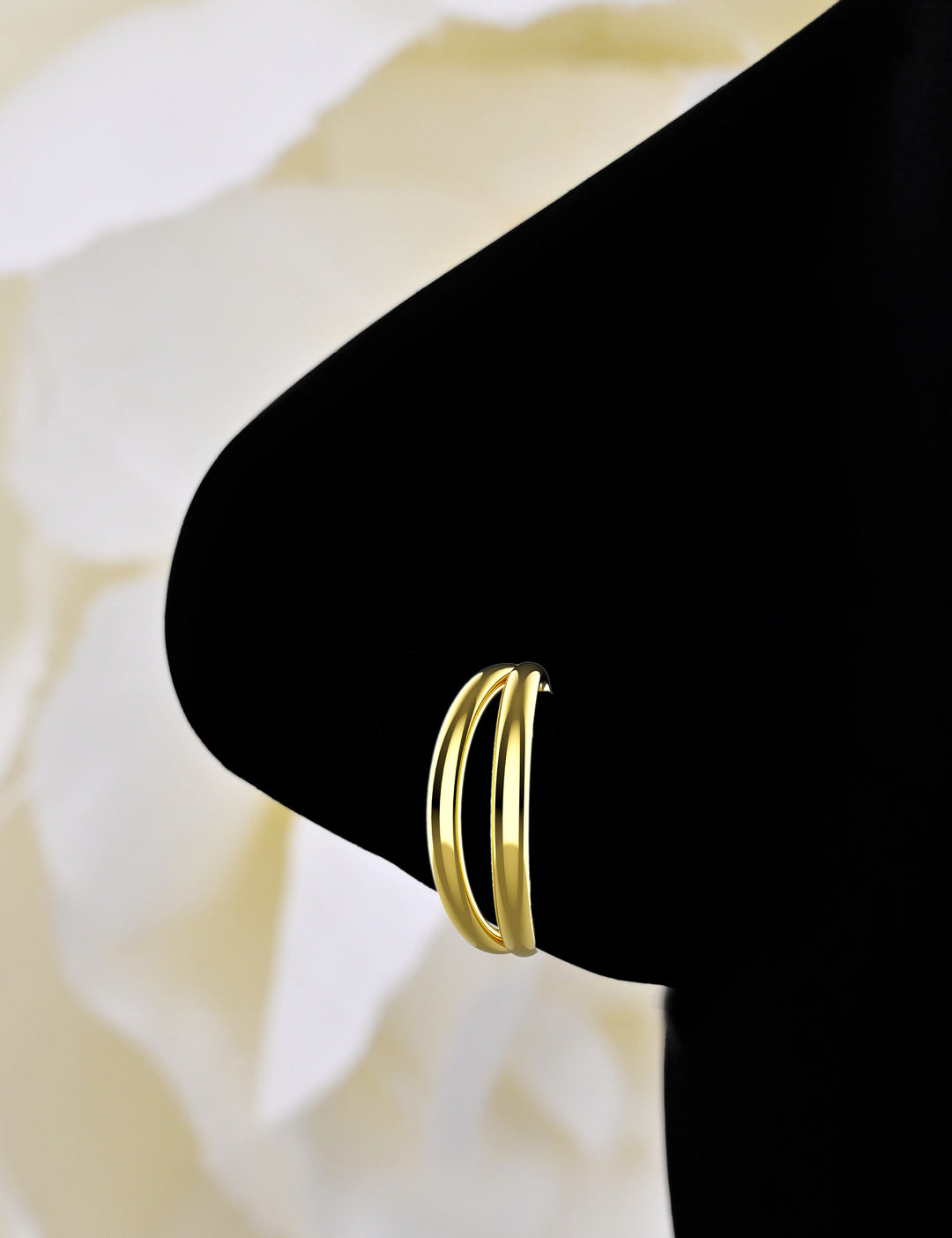
Leave a comment